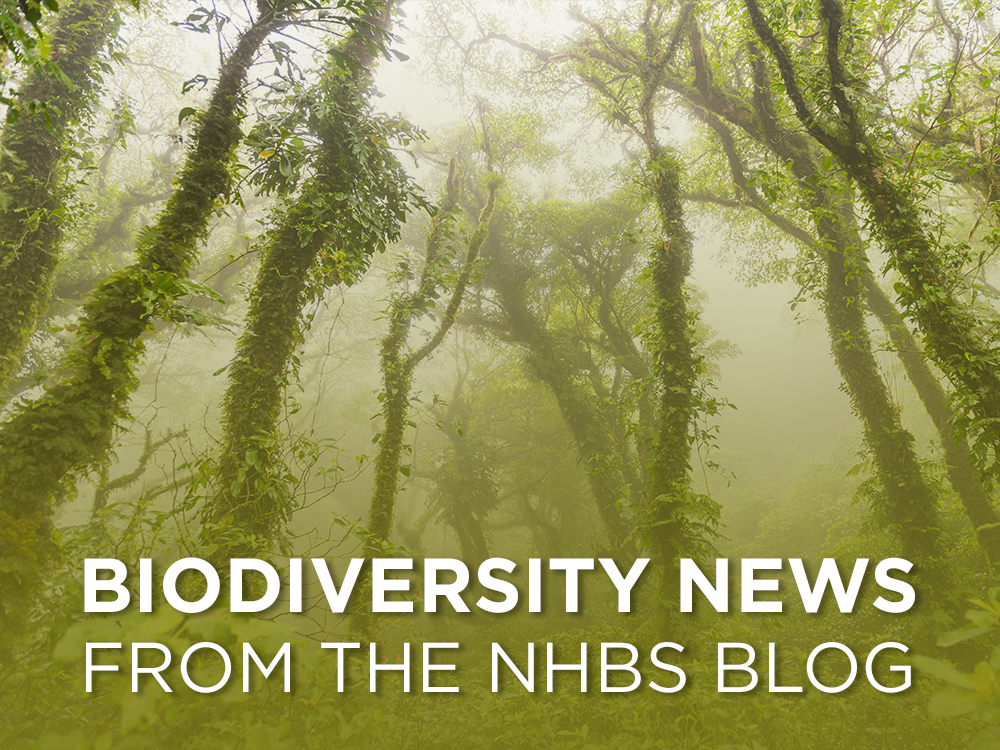A number of previously locally extinct mammals in the Sturt National Park, New South Wales, are now thriving in their feral-free zones, and researchers are amazed by how quickly they have repopulated. With the exclusion of feral cats from enclosures, mulgaras, bilbies and Shark Bay bandicoots have all seen population increases since their translocations. There are also plans to reintroduce another species this year, the golden bandicoot. While this is promising news, ANU ecologist professor David Lindenmayer stated that, while the feral-free zones are helping to conserve animals, both state and federal governments need to do more, including increasing funding and ensuring collaboration between scientists, conservation groups and politicians.
Fulford’s new flood defences have been specifically designed so as not to harm European eels, a critically endangered species. As a small number of eels were found during the initial survey work, particular measures had to be taken to meet strict regulations on protecting them. Specially designed water pumps, which can start and stop slowly as well as operate at a slow speed, will reduce the chances of eels being drawn into propeller blades.
Singapore’s wildlife parks saw 900 animal births in 2021, which is almost double the number that occured in 2020. More than 160 species had newborns last year, inlcuding 44 which are listed as Threatened under the IUCN Red List of Threatened Species. These included the Sundra slow loris, Negros bleeding-heart dove, golden mantellas, false gharial, giant panda and the Sakishima grass lizard.
A new report from IPPC warns that many of the impacts of global warming are now “irreversible”. Four months on from COP26, this is the second of three reviews from the world’s foremost body of climate researchers, and looks at the causes, impacts and solutions of climate change. It shows that climate change is impacting humans and other species far worse than previously indicated, with more than 40% of the world’s population “highly vulnerable” to climate. However, authors of the report say that there is still a small amount of time left to avoid the very worst.

